Java语言学习二十五(线程池)
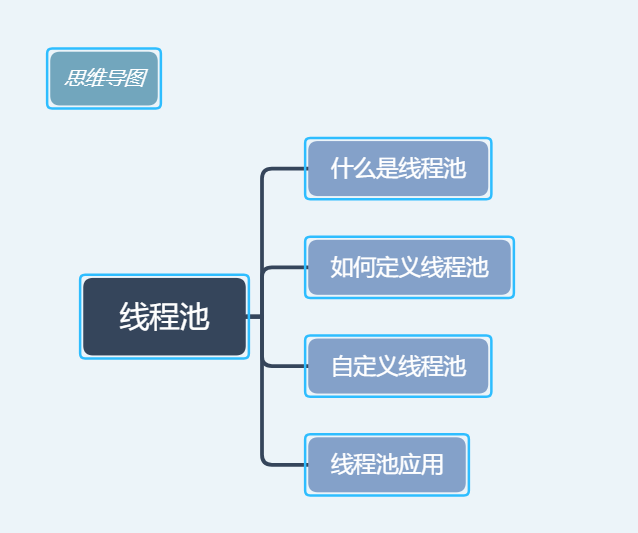
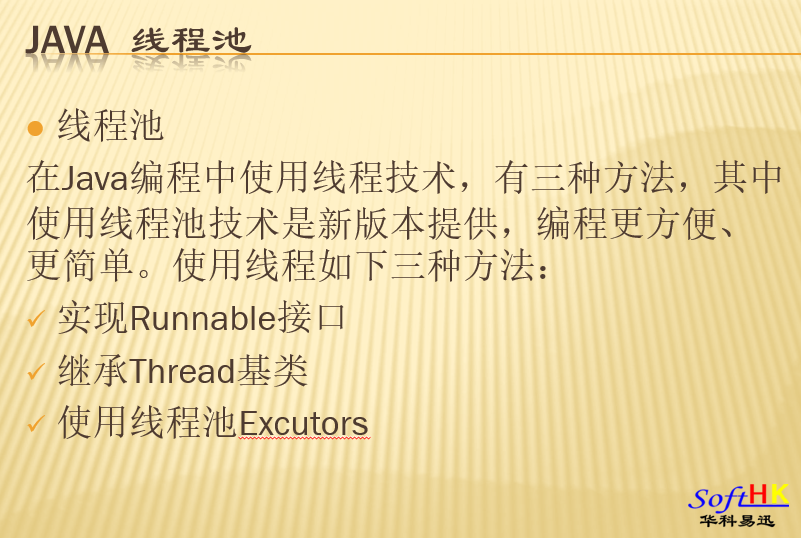
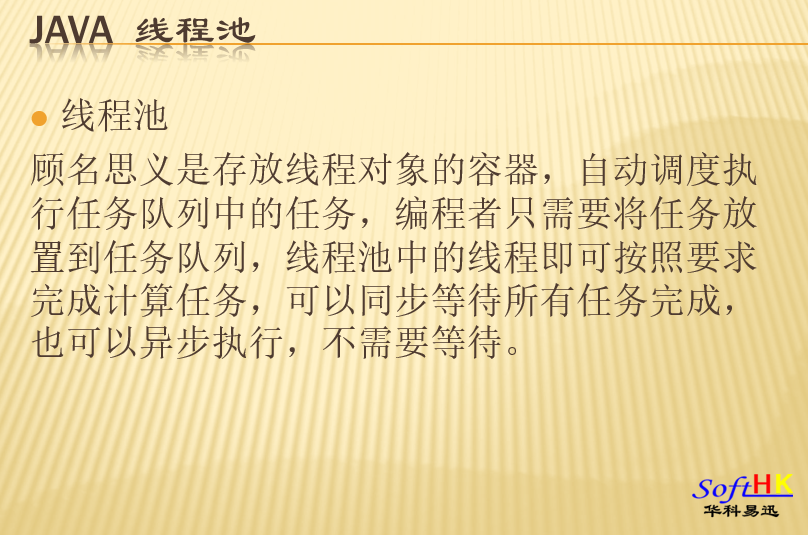
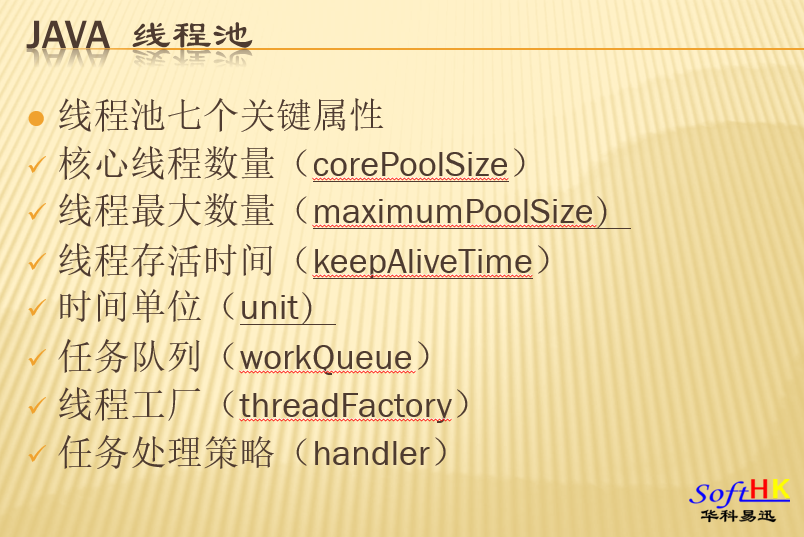

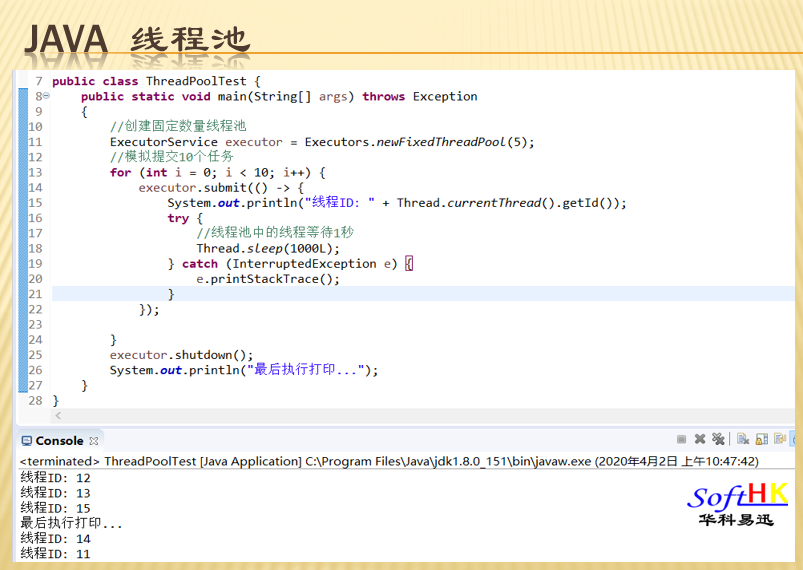
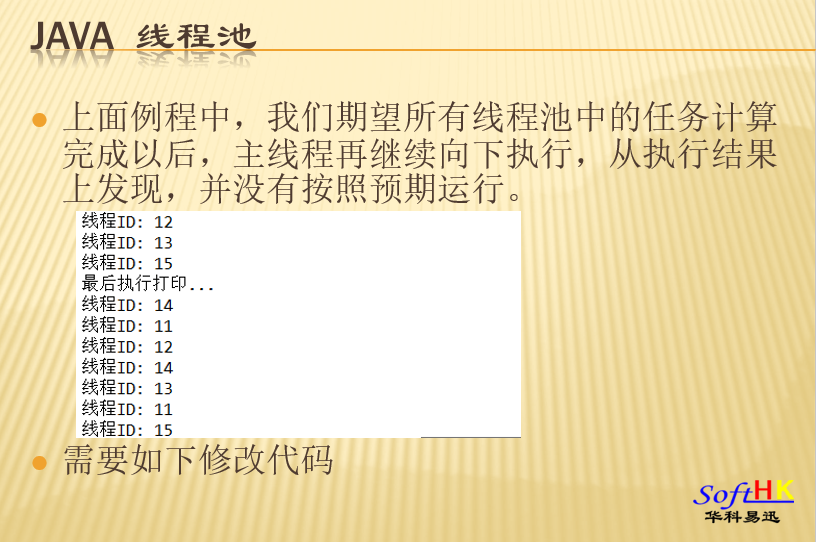
package com.gf.erp.thread;import java.util.concurrent.ExecutorService;import java.util.concurrent.Executors;import java.util.concurrent.Future;public class ThreadPoolTest {public static void main(String[] args) throws Exception{//创建固定数量线程池ExecutorService executor = Executors.newFixedThreadPool(5);//模拟提交10个任务for (int i = 0; i < 10; i++) {executor.submit(() -> {System.out.println("线程ID: " + Thread.currentThread().getId());try {//线程池中的线程等待1Thread.sleep(1000L);} catch (InterruptedException e) {e.printStackTrace();}});}executor.shutdown();System.out.println("最后执行打印...");}}

package com.gf.erp.thread;import java.util.concurrent.ExecutorService;import java.util.concurrent.Executors;import java.util.concurrent.Future;public class ThreadPoolTest {public static void main(String[] args) throws Exception{//创建固定数量线程池ExecutorService executor = Executors.newFixedThreadPool(5);//模拟提交10个任务for (int i = 0; i < 10; i++) {Future f = executor.submit(() -> {System.out.println("线程ID: " + Thread.currentThread().getId());try {//线程池中的线程等待1Thread.sleep(1000L);} catch (InterruptedException e) {e.printStackTrace();}});f.get();}executor.shutdown();System.out.println("最后执行打印...");}}
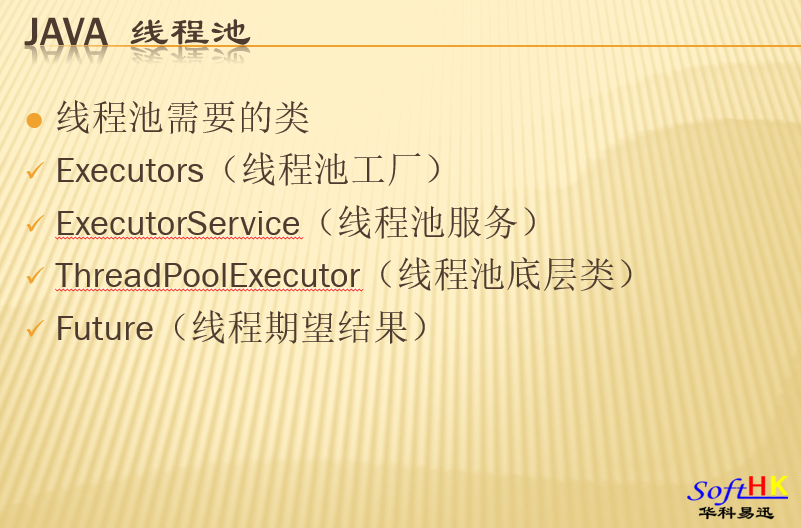
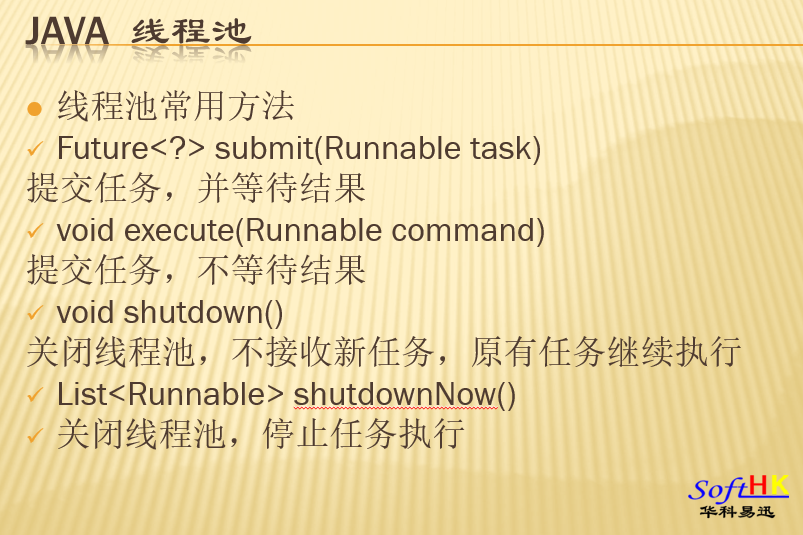

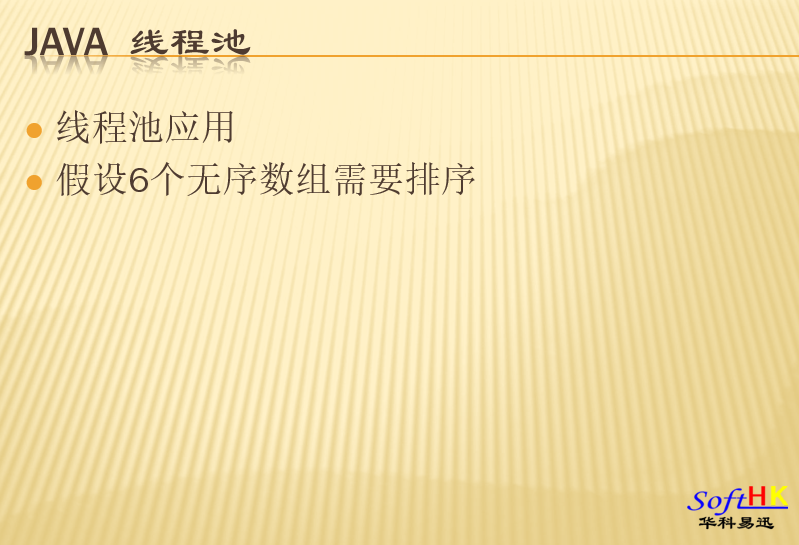
使用Excutors线程池工厂提供的线程池实现
```csharppackage com.gf.erp.thread;import java.util.concurrent.ExecutorService;import java.util.concurrent.Executors;import java.util.concurrent.Future;public class MyThreadPool2 {public static void bubbleSort(int[] dim){for(int i=0;i<dim.length;i++){for(int j=0;j<dim.length-1-i;j++){if(dim[j]>dim[j+1]){int temp = dim[j];dim[j] = dim[j+1];dim[j+1] = temp;}}}}public static void main(String[] args) throws Exception{int[][] tasks = {{ 123,23,22,34,56,3,2,6,7,1,2,4,7,8,5,12,323},{ 5,6,45,34,34,23,22,224,12,567,678,999,66,99},{ 12,30,43,63,68,6,9,67,7,689,99,4,3,5,8,9,0},{ 1,4,6,7,8,5,5,6,8,0,33,22,34,11,21,45,550,4},{ 12,13,5,6,7,8,9,0,45,66,77,4,9,7,8,7,6,99,8},{ 3,5,7,9,0,10,13,7,8,0,55,44,3,68,22,44,67,8}};for(int i=0;i<tasks.length;i++){System.out.print("排序前数组:"+i+"=");for(int j=0;j<tasks[i].length;j++)System.out.print(tasks[i][j]+",");System.out.println();}ExecutorService executor = Executors.newFixedThreadPool(5);for (int i = 0; i < tasks.length; i++) {int[] tempDim = tasks[i];Future f = executor.submit(() -> {System.out.println("thread id is: " + Thread.currentThread().getId());try {Thread.sleep(1000L);bubbleSort(tempDim);} catch (InterruptedException e) {e.printStackTrace();}});System.out.println(f.get());}executor.shutdown();System.out.println("--------------here");for(int i=0;i<tasks.length;i++){System.out.print("排序后数组:"+i+"=");for(int j=0;j<tasks[i].length;j++)System.out.print(tasks[i][j]+",");System.out.println();}}}使用自定义线程池实现```csharppackage com.gf.erp.thread;import java.util.concurrent.ArrayBlockingQueue;import java.util.concurrent.BlockingQueue;import java.util.concurrent.ExecutorService;import java.util.concurrent.Future;import java.util.concurrent.RejectedExecutionHandler;import java.util.concurrent.ThreadFactory;import java.util.concurrent.ThreadPoolExecutor;import java.util.concurrent.TimeUnit;public class MyThreadPool {private int corePoolSize;private int maximumPoolSize;private long keepAliveTime;private TimeUnit unit;BlockingQueue<Runnable> workQueue;ThreadFactory threadFactory;RejectedExecutionHandler handler;public static void bobbleSort(int[] dim){for(int i=0;i<dim.length;i++){for(int j=0;j<dim.length-1-i;j++){if(dim[j]>dim[j+1]){int temp = dim[j+1];dim[j+1] = dim[j];dim[j] = temp;}}}}public MyThreadPool(int corePoolSize,int maximumPoolSize,long keepAliveTime,TimeUnit unit,BlockingQueue<Runnable> workQueue,ThreadFactory threadFactory,RejectedExecutionHandler handler,int[][] task){ExecutorService es = new ThreadPoolExecutor(corePoolSize,maximumPoolSize,keepAliveTime,unit,workQueue,threadFactory,handler);try{for(int i=0;i<task.length;i++){int[] tempDim = task[i];Future f = es.submit(()->{bobbleSort(tempDim);});System.out.println("f="+f.get());}es.shutdown();for(int i=0;i<task.length;i++){System.out.print("Dim:"+i+"=");for(int j=0;j<task[i].length;j++)System.out.print(task[i][j]+",");System.out.println();}}catch(Exception e){e.printStackTrace();}}public static void main(String[] args){int corePoolSize = 4;int maximumPoolSize = 10;long keepAliveTime = 10;TimeUnit unit = TimeUnit.MINUTES;BlockingQueue<Runnable> workQueue = new ArrayBlockingQueue<Runnable>(20);ThreadFactory threadFactory = new MyThreadFactory();RejectedExecutionHandler handler = new ThreadPoolExecutor.AbortPolicy();int[][] tasks = {{123,23,22,34,56,3,2,6,7,1,2,4,7,8,5,12,323},{5,6,45,34,34,23,22,224,12,567,678,999,66,99},{12,30,43,63,68,6,9,67,7,689,99,4,3,5,8,9,0},{1,4,6,7,8,5,5,6,8,0,33,22,34,11,21,45,550,4},{12,13,5,6,7,8,9,0,45,66,77,4,9,7,8,7,6,99,8},{3,5,7,9,0,10,13,7,8,0,55,44,3,68,22,44,67,8}};MyThreadPool mypool = new MyThreadPool(corePoolSize,maximumPoolSize,keepAliveTime,unit,workQueue,threadFactory,handler,tasks);for(int i=0;i<tasks.length;i++){for(int j=0;j<tasks[i].length;j++)System.out.println(tasks[i][j]);System.out.println("------------");}}}class MyThreadFactory implements ThreadFactory{@Overridepublic Thread newThread(Runnable r) {return new Thread(r);}}
思考题
定义一个大数组,使用线程池最高效排序。




























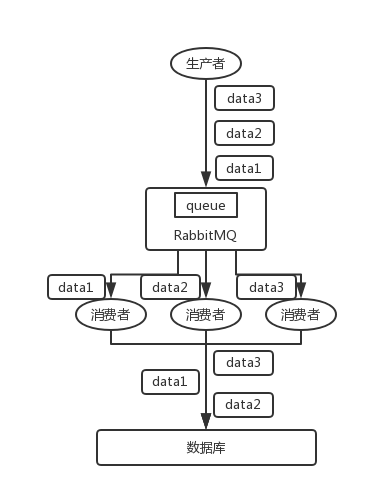

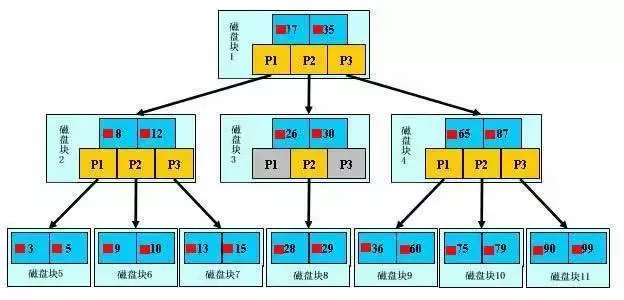
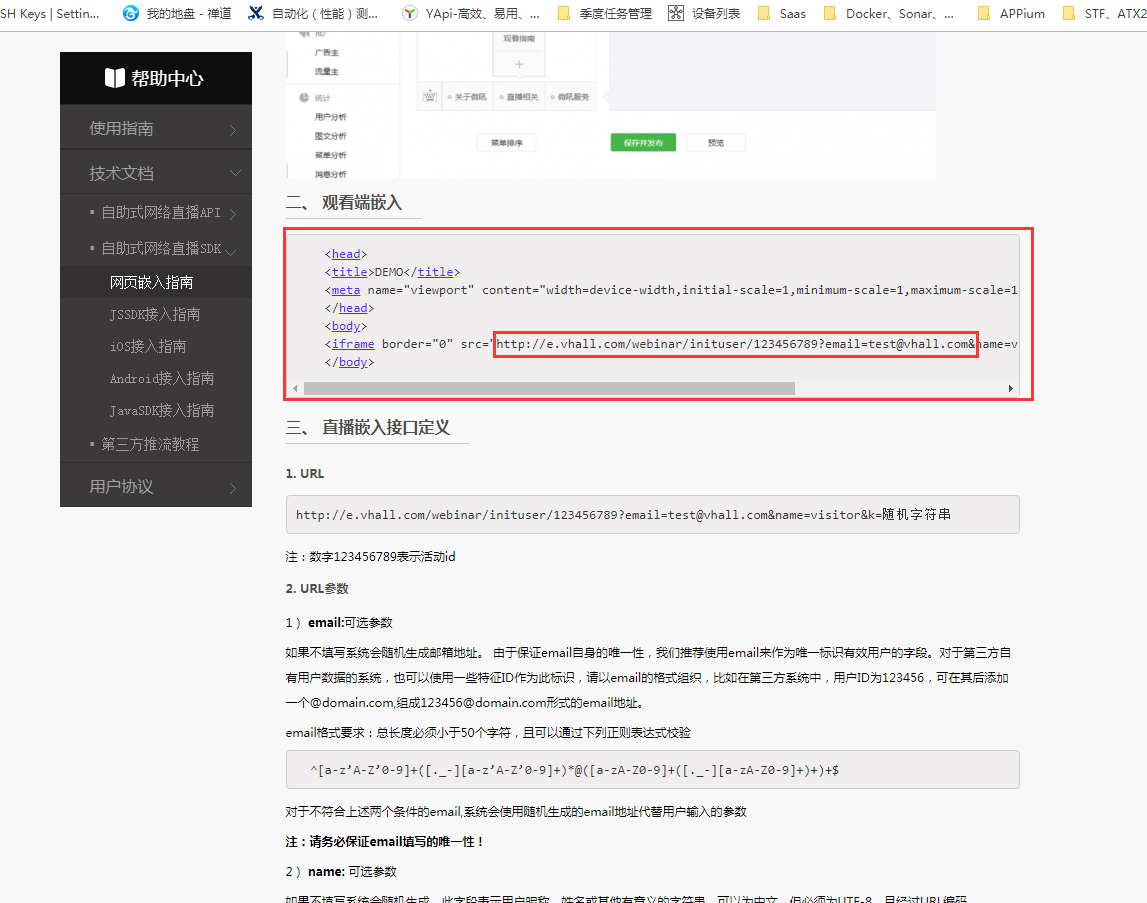



还没有评论,来说两句吧...